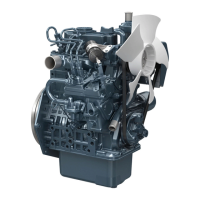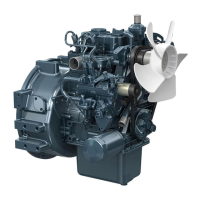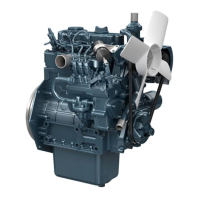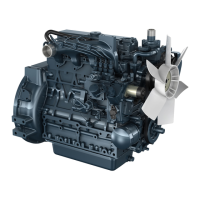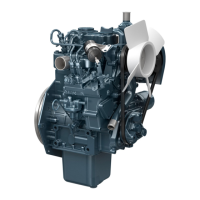What to do if my Kubota Z602-E Engine is difficult to start?
- SStacie SanchezAug 22, 2025
If your Kubota Engine is difficult to start, begin by checking the fuel tank and fuel filter. Also, remove any water, dirt, or other impurities that may be present. If the fuel is thick and not flowing properly, it may be necessary to clean the filter with kerosene, as the filter may contain water or other foreign materials.


